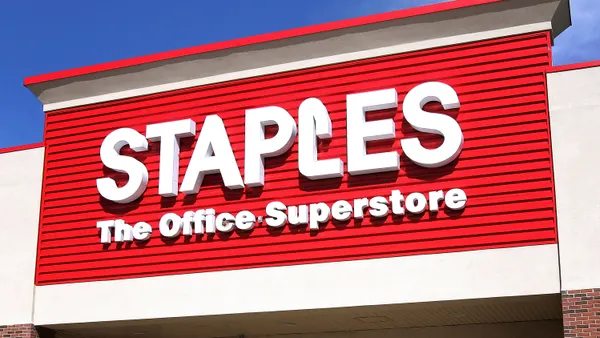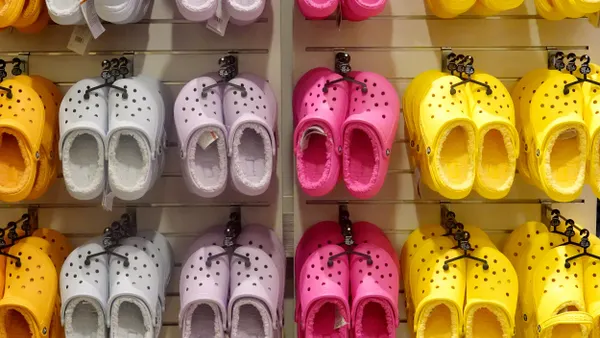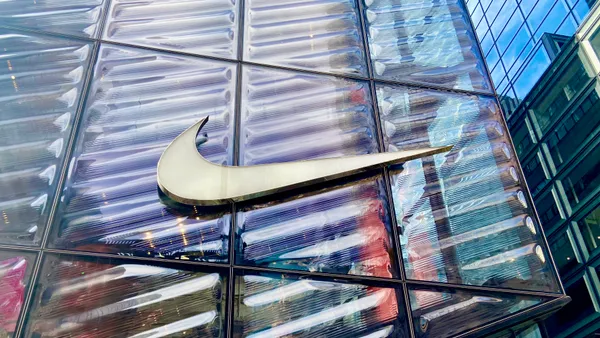Dive Brief:
- Credit card provider Mastercard announced on Wednesday that 80% of its cards now have chips, a figure that's up 88% from October 2015—the deadline for when the liability for credit card fraud shifted from card issuers to retailers unless they upgraded their payment systems to enable cards with chips.
- The company said that counterfeit card fraud is down by over 60% at its top five EMV-enabled merchants.
- About 30% of U.S. merchants have EMV-enabled card readers, according to Mastercard, amounting to 1.7 million locations across the country.
Dive Insight:
The number of chip-enabled credit cards continues to rise, even as retailers lag behind in the adoption of EMV-enabled card readers.
The fault may not lie entirely at the feet of merchants: Retailers have long complained that the credit card companies have been dragging their feet during the move to EMV chip-based payments. A National Retail Foundation survey found that 57% of retailers that have yet to support EMV chip-enabled credit and debit card payments say they have already installed the necessary equipment, but are still waiting for certification by the card networks. About 60% of that same group say they had been waiting for six months or longer.
The credit card companies have been responding to the claims by announcing new intiatives to accelerate adoption of the technology. The latest statistics from Mastercard come just a month after the credit card provider launched a new EMV chip terminal testing and certification program, a migration that has become bogged down by a long, complex testing and activation process, among other issues. Just days before Mastercard’s announcement, Visa trumpeted a similar move to smooth the path to EMV terminal adoption.
It’s not Mastercard’s first swipe at speeding up EMV chip adoption. In April, the company unveiled M/Chip Fast, a new contactless "tap-and-go" application that aimed to bring EMV transactions closer to the speed of traditional magnetic-stripe cards. A few extra seconds may not seem like much of a difference, but the lag has caused complaints from retailers and consumers alike, and hampered widespread use. Visa and Walmart have taken similar steps to speed up the time it takes to use EMV chip cards.
As Mastercard continues to push for EMV chip adoption across the globe, the most telling statistic will be the correlation between adoption of chip-enabled cards and a reduction in credit card fraud. While chip-enabled cards help reduce counterfeit card fraud in physical retail stores, the shift to EMV could have an unintended consequence: increasing e-commerce fraud.
"An online retailer doesn’t get to authenticate that chip—there’s no kind of handshake that goes on there. So from that perspective, [EMV] doesn’t do anything to help counterfeit fraud online," Ned Canning, e-commerce product manager at payment processing and technology provider Vantiv, told Retail Dive in an interview. "It pushes fraudsters into the card-not-present space. These changes have a direct effect on e-commerce retailers, and pushes a problem they didn’t necessarily have before onto their doorstep."













